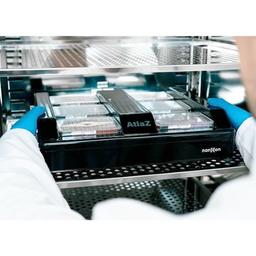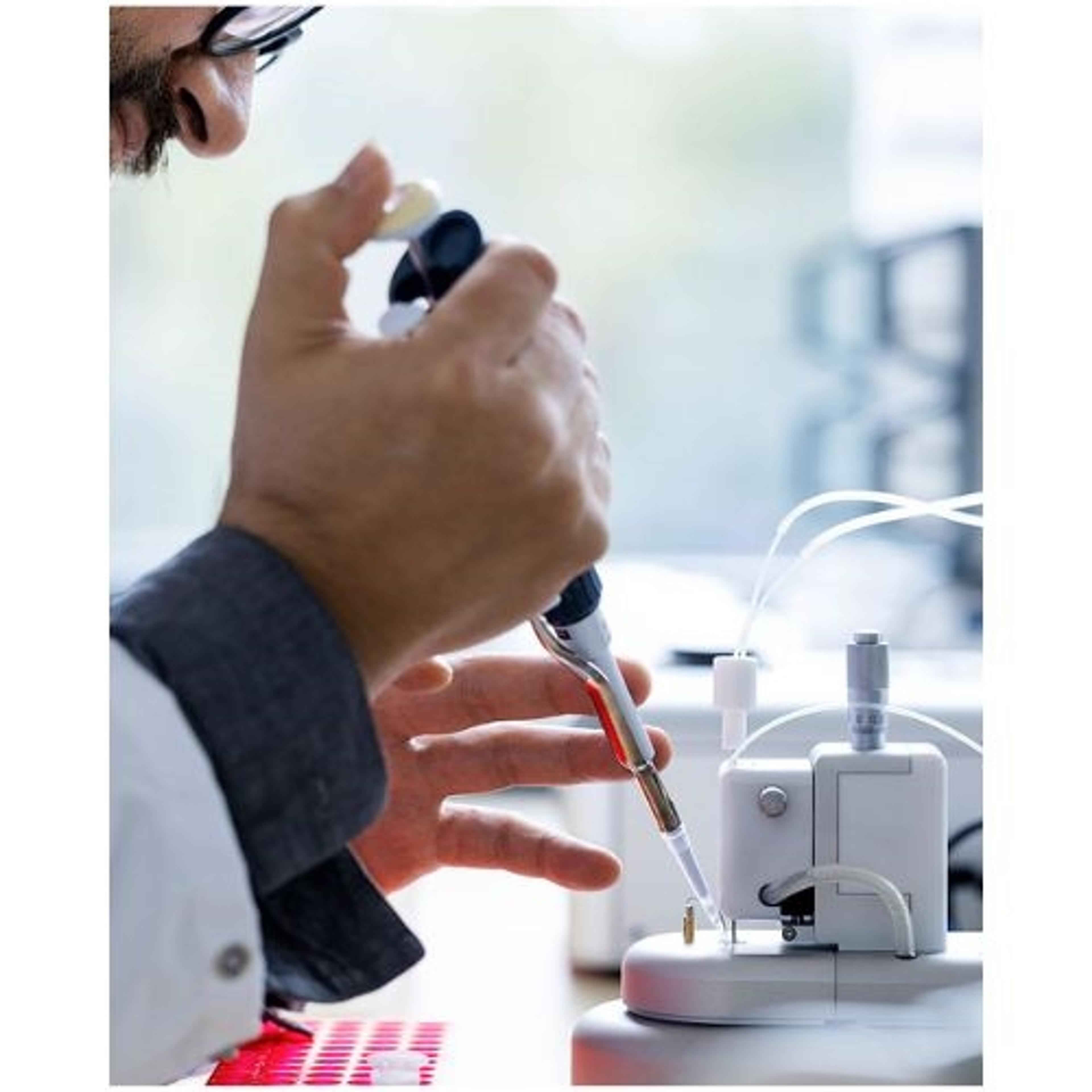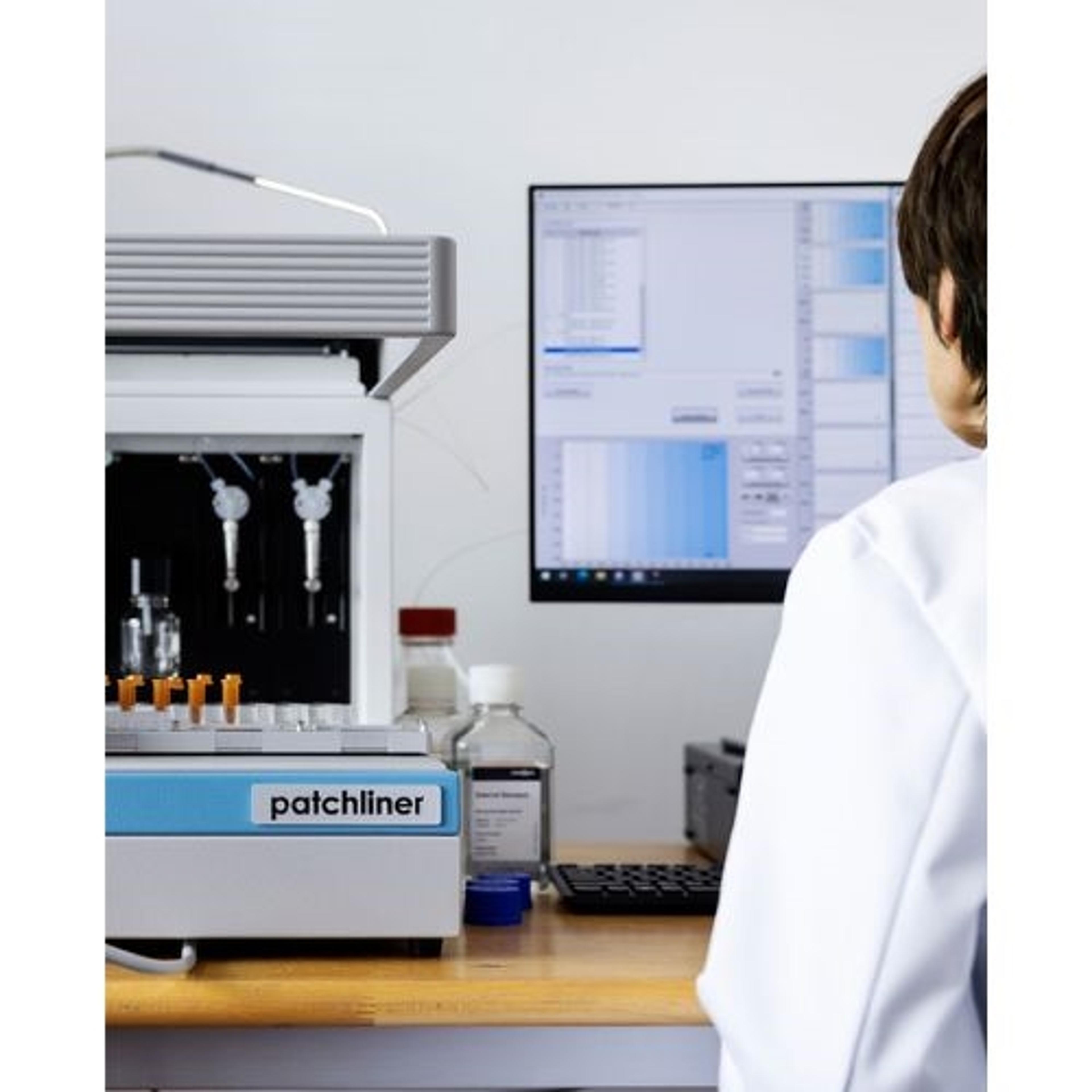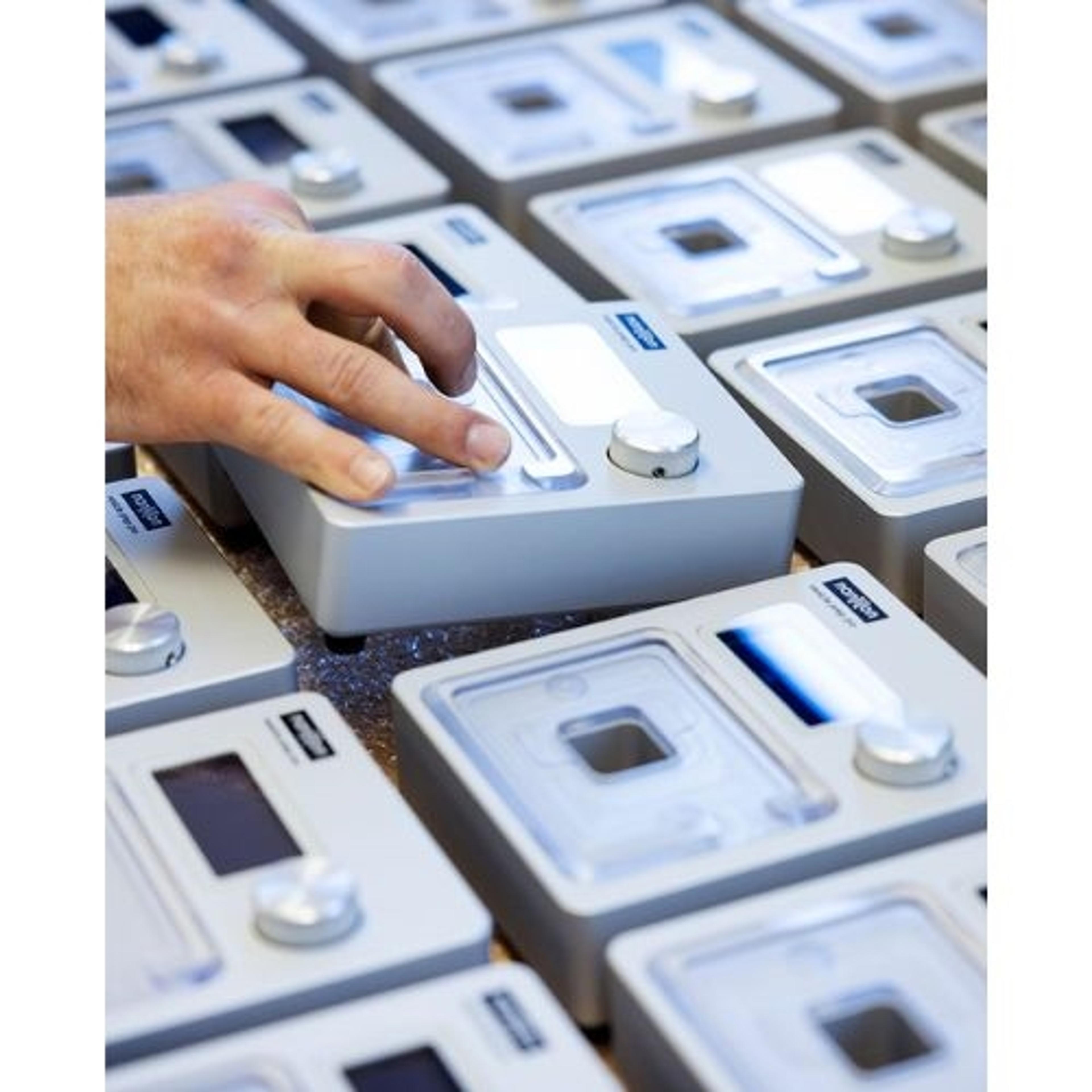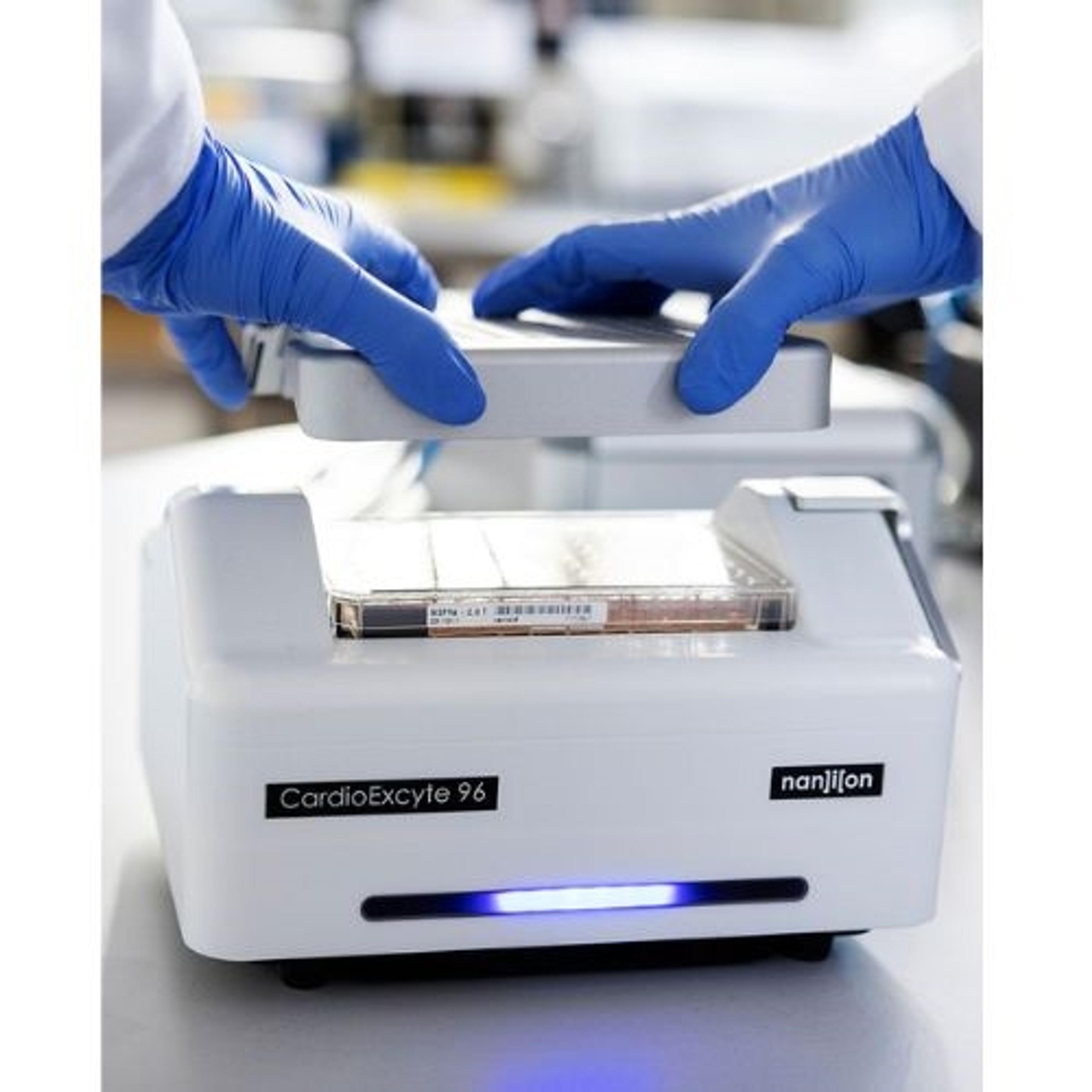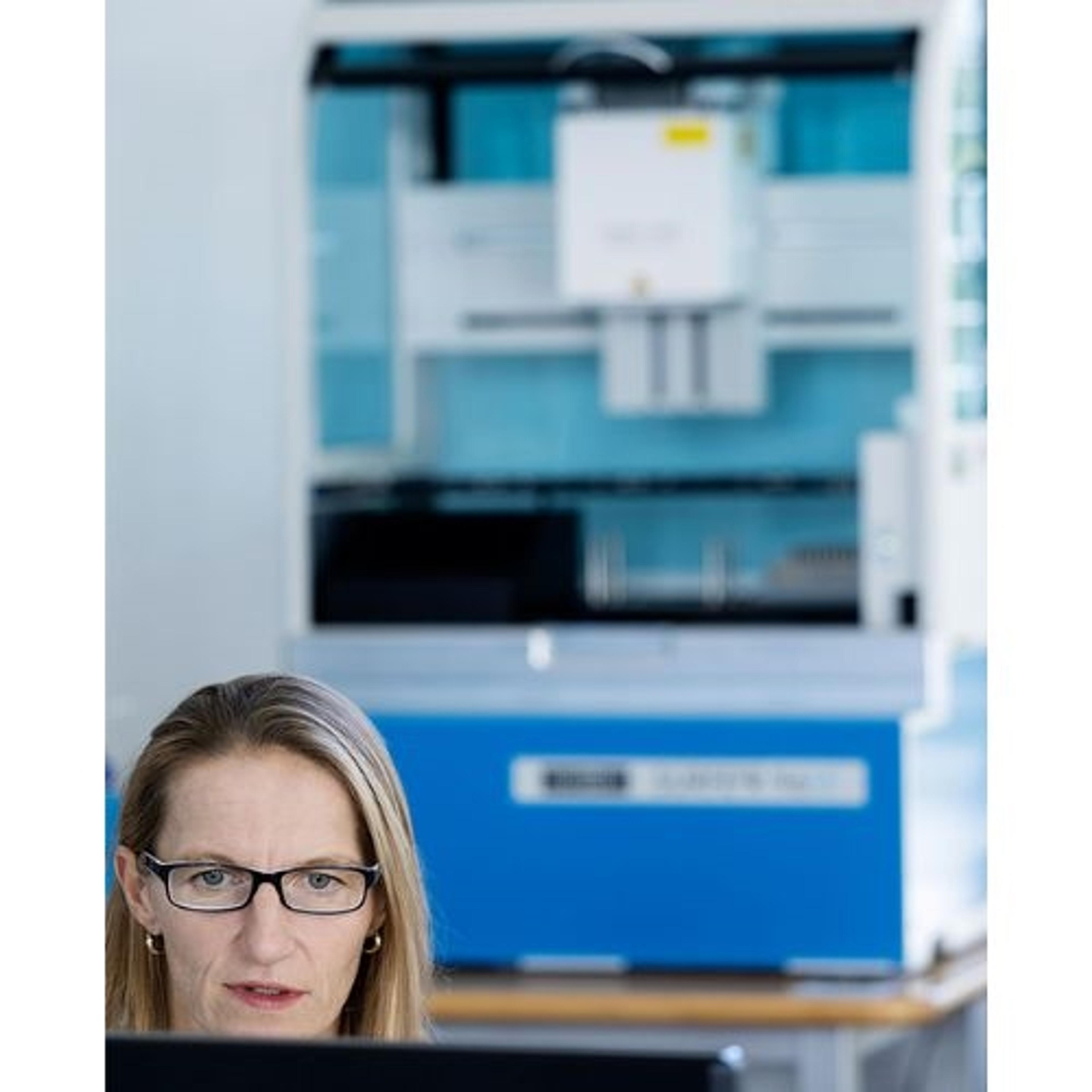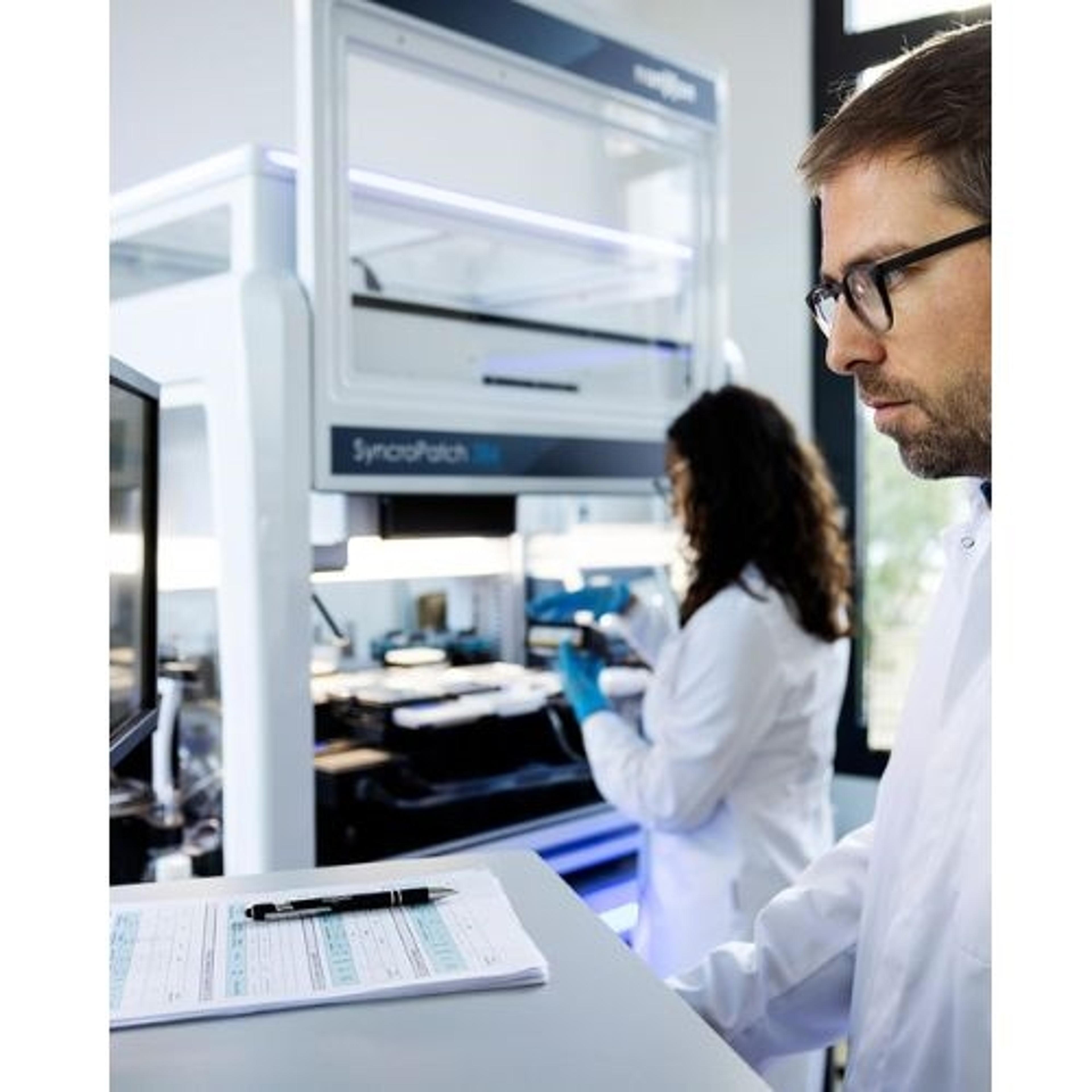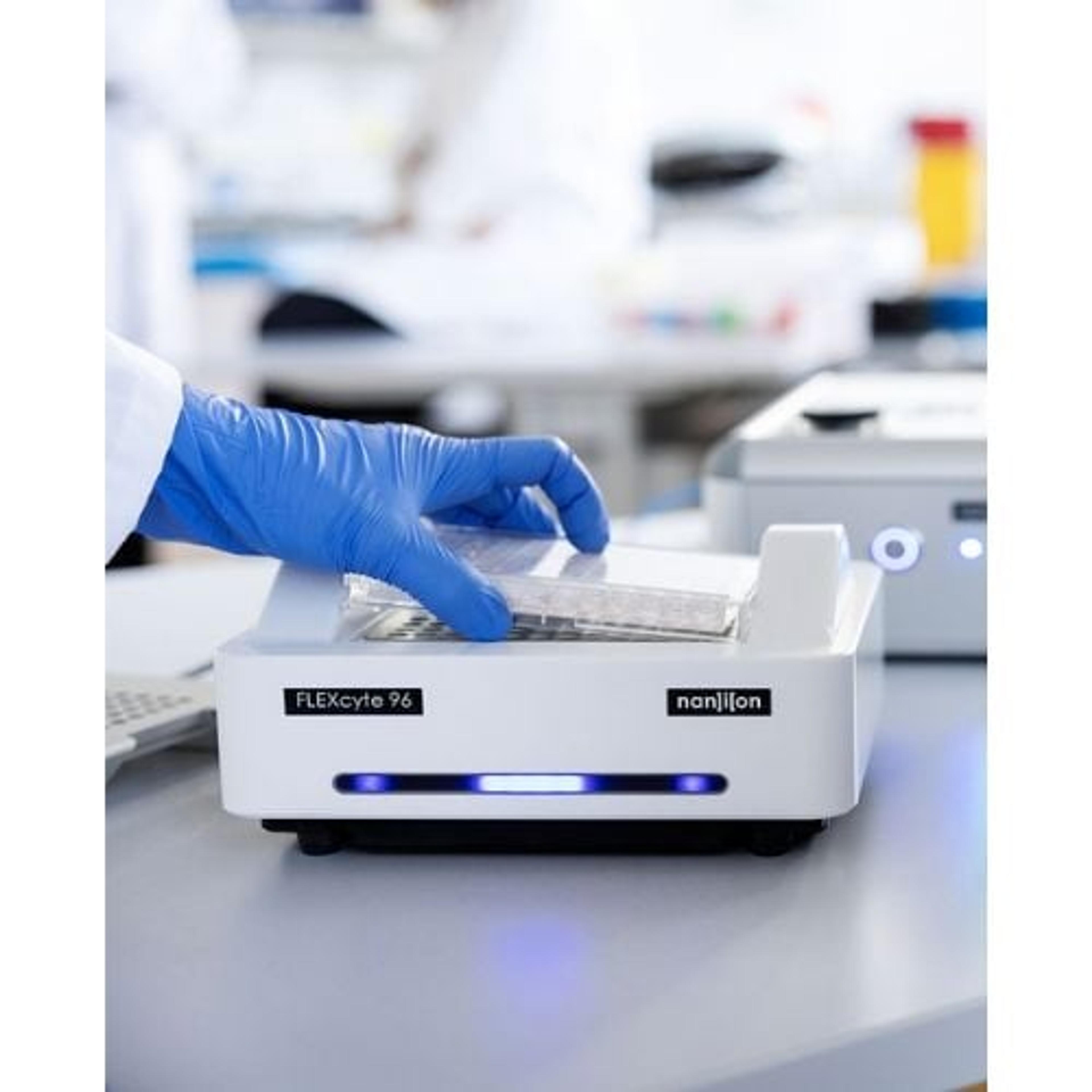AtlaZ
AtlaZ accelerates cellular research by enabling the investigation of a large variety of effects in cells over time. It offers label-free and real-time monitoring capabilities. It can simultaneously or independently record data from up to six 96-well plates. The system's methodology relies on electrical impedance spectroscopy, which delivers an unprecedented quantity and quality of information from your cellular experiments.
The AtlaZ brings in vitro cell analytics to a new dimension. It is an advanced system designed for quantitative live-cell analysis. It provides researchers with the capability to investigate various cellular aspects, including cell adhesion and proliferation, cytotoxicity, GPCR (G-protein coupled receptor) signaling, morphology, and barrier function in real-time. Importantly, these measurements are label-free, eliminating the need for external dyes or markers.
You have the option to select various recording modes for each plate. The Cytolysis Mode allows for investigations into cell-killing kinetics, the Cell Monitoring Mode facilitates the assessment of GPCR distal effects, and the TEER signal Mode enables the examination of barrier integrity. Measuring the Cell Signal across all available frequencies gives a deeper understanding of a wide range of physiological effects in cells.
Benefits:
- Real-time cell analysis
- Label-free experiments
- Automated graphing of results
- Easy to use software
- Up to 6 x 96 plates simultaneously or independently
- Electrical Impedance Spectroscopy
- Cost efficient consumables
- Access raw data
- Bar code scanner
With the AtlaZ system, recordings can be conducted simultaneously or independently in up to six 96-well plates. This high throughput capability, combined with the underlying methodology of powerful electrical impedance spectroscopy (EIS), offers researchers valuable insights into cellular behavior and responses on a scale that was previously unattainable. AtlaZ measures and analyzes the electrical impedance parameters across a range of frequencies (from 0.1 kHz – 100 kHz), such as impedance magnitude and phase, resistance, and capacitance.
A crucial advantage over standard assays using labels or dyes, is the continuity of cell monitoring. Endpoint assays are labor-intensive and lack kinetic information of the recorded effects. AtlaZ uses unique culture plates with integrated electrodes which enable long-term measurements over several weeks. Thus real-time data on cell adhesion, proliferation and compound effects can be acquired. Ready-to-go Recording Modes with automated graphing of results are available for ease-of-use, while running a full spectrum provides understanding about various cellular mechanisms, such as cell death.
You have the option to select various recording modes for each plate. The Cytolysis Mode allows for investigations into cell-killing kinetics, the Cell Monitoring Mode facilitates the assessment of GPCR distal effects, and the TEER signal Mode enables the examination of barrier integrity. Measuring the Cell Signal across all available frequencies gives a deeper understanding of a wide range of physiological effects in cells.


